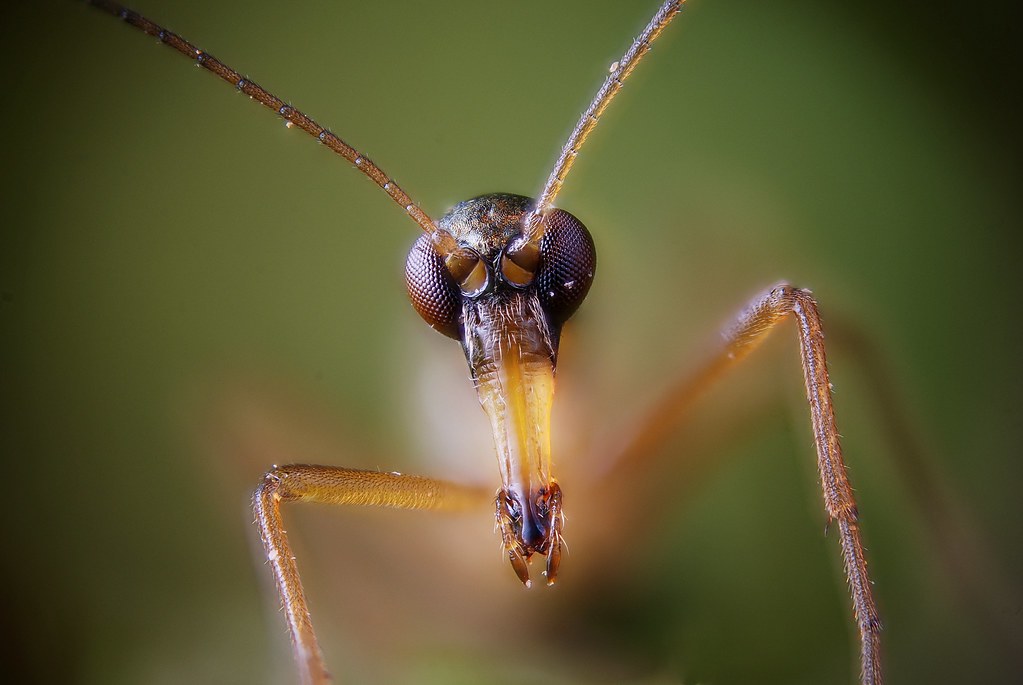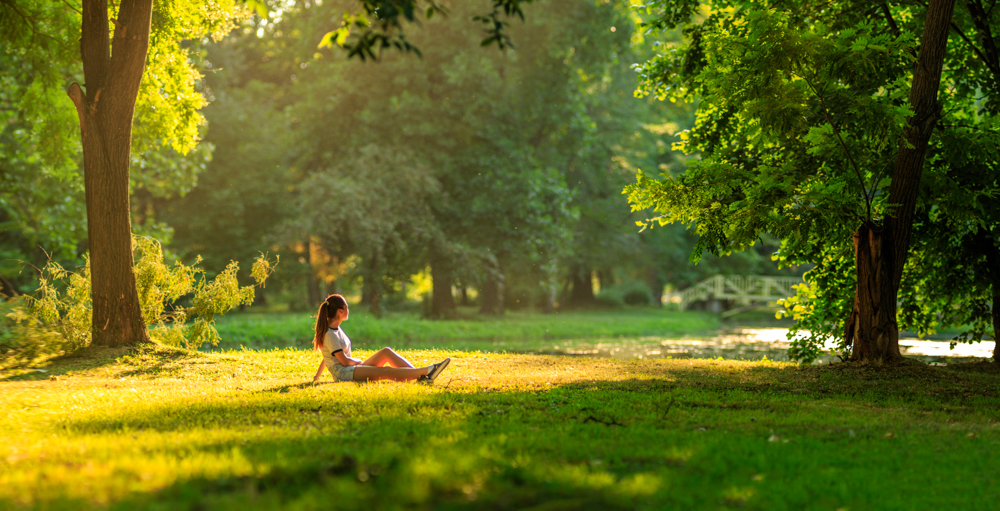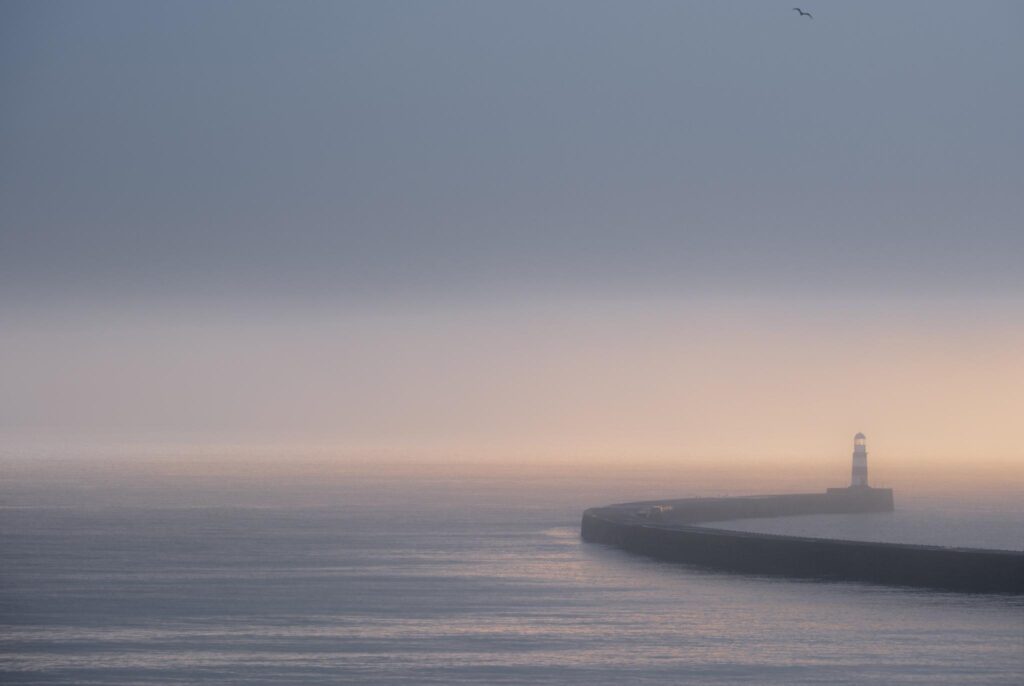Depth of field is one of those aspects of photography which is present in every single picture. Whether there is very little depth or almost everything is in focus, during the creation of the photo you have manipulated the depth of field, at some point. That manipulation is often unintentional for the average person since he or she isn't aware that it is happening. For the professional photographer, however, it is something that can make or break a photo. Being aware of your depth of field while taking a shot is something you need to train yourself for. Here are some basic things you should know about it. Also, you’ll learn some tricks for using it to your advantage.
Selective Focus: Shallow Depth of Field
Most photographers have the innate instinct to go for the most shallow depth of field in order to separate the subject from the background. In simpler terms, this is usually called selective focus. This is due to the fact that you select what you want to present to the viewer with the limitation of the field of focus.
 Photo by Steven Guzzardi
Photo by Steven Guzzardi
This is usually achieved by using wide aperture lenses or lenses with longer range (telephoto). Wide aperture lenses (a 50mm f/1.4, for example) can create a very shallow depth of field and effectively separate a subject from the background. However, a shorter lens with really wide aperture has a field of focus so small, that if you focus on the eyes in a portrait, the nose and ears will be out of focus. On the other hand, if you use a longer telephoto lens, you will have the whole portrait in focus while the background is blurry. This also helps to separate the subject from the background.
The zoom-compression will vary with different focal lengths, but that is up to you. Both types will achieve the selective focus, and it really depends on the amount of zoom-compression and the size of the field of focus you prefer.
Focus Stacking: Expand the Field of Focus
 Photo by Gilles San Martin
Photo by Gilles San Martin
When you shoot macro or landscapes, the field of focus often proves to be too small for you to achieve what you want. For a landscape, if you use lenses like the Sigma 24mm f/1.4, focusing on infinity will mean that most of the image will be out of focus (if used on a full-frame camera). You can shoot several exposures using different focus points and then merge them in order to get everything into focus. The same principle applies for macro photographs, as well. You can merge several photos that have different focuses in order to have the whole subject be in focus while having a blurred background.
Hyperfocal Distance
Understanding hyperfocal distance can help you to get better landscape shots. Hyperfocal distance is the distance towards which you focus your lens while having everything in the focal plane come into acceptable focus. This is usually manipulated more towards the preference of the photographer, but the general idea is always the same. Instead of focusing to infinity, you calculate the hyperfocal distance using one of the many available calculators – even just the calculator widget found on smartphones – and use that in order to figure out the best results. As mentioned before, this can be used in focus stacking techniques to avoid shooting too many photos, where you can do it with four or five.
Brenizer Panoramas
Recently, I needed to shoot a model in a certain spot but I wanted to have a shallower depth of field. I tried using a vintage 180mm f/2.8 Zeiss lens made for a medium format, hoping that it would give me the shallow depth of field that I wanted, but it was far from what I needed. So I decided to use something similar to the Brenizer method, and I shot 27 images. This was much like a regular panorama, except that I was much closer to the subject, thus reducing the field of focus and increasing the background blur. The result was a 435-megapixel image with a ridiculous amount of detail, and the depth of field was just as I imagined it. Ryan Brenizer uses this for portraiture with extremely shallow depth of field. In his case, the models are the bigger part of the image. This method is also known as Bokeh Panorama, which explains it much better.
Summary
Learning how to utilize, manipulate, and control your depth of field is a skill you absolutely must possess and enhance. This is one of the most important aspects in each image you take, besides the light, and it serves well for leading the viewer's eye towards what you want them to see.





